The Doctor takes Clara and Courtney, one of her students, on a lunar field-trip. It’s no surprise that things go terribly wrong.
Doctor Who‘s latest episode is called Kill the Moon and from that title you already have a good idea of what you’re going to get: ridiculous moon-based action (with some horror movie chills promised by the trailer). Unfortunately, the action is often spoiled by the science, which even by Doctor Who standards is pretty slip-shod. After all, there are plenty of horrible ways you could die on the moon, but any realistic premises are given a nod at best — like a throwaway line about running out of oxygen, which seems like it could have been used to build tension if it weren’t tossed into the story without buildup or follow-up. The best science fiction gives us a premise that’s just real enough to allow viewers to make the leap to a fantastic — though sometimes ridiculous — concept, and Doctor Who is usually pretty good at this… just not this time.
The episode’s look at humanity’s near-future also paints a surprisingly bleak picture for the future of science on the planet. Though you might call it a commentary on the defunding of NASA and other programs, its sloppy use of the facts makes even this ring hollow — and it seems like a few minutes with Google could have led to an episode with a firmer grounding in today’s facts that could give a more realistic portrayal of the future. In short, this episode has a lot of style but very little substance.
Still, there are a few good character moments that prevent it from being entirely unwatchable… but the episode as a whole is exceedingly hard to recommend. A few scenes are important to the show’s ongoing continuity, however, so you might want to suffer through it anyway. And, who knows, you might find it more enjoyable than I did.
You can can new episodes of Doctor Who on Saturday nights on BBC America — though cord-cutters will have to pick up the current season on iTunes or Amazon Instant. If you want to catch up on earlier seasons, they can be found on both Netflix and Hulu.
To get you up to speed, in the last episode we saw:
- The Doctor taking the role of caretaker at Clara’s school and, among other things, meeting a student named Courtney whom he briefly took to space… but she apparently gets space-sick.
- The Doctor and Danny finally meeting… but mostly they fought over which one of them would be the alpha male in Clara’s life.
- Danny seemed to inherently know the Doctor, saying he’s known men like that before. He immediately dislikes him, and makes Clara promise to tell him if the Doctor ever pushes her too far.
Now, on to the latest episode: Kill the Moon. Spoilers follow!
Ouch. Capaldi’s version of the Doctor isn’t the friendly alien we’ve come to know through the portrayals of David Tennant and Matt Smith, and while I think this grouchy version of the Doctor could certainly work — not unlike Christopher Eccleston’s outwardly gruff portrayal — at this point we’ve had a lot of episodes of him being a jerk to everyone with few signs that he cares about anyone or anything, which makes him hard to sympathize with. And in this episode, he’s really at his worst.
It turns out that the three astronauts have come to the moon in a 1980s era space shuttle packed with nuclear bombs because the moon has been increasing in mass, which has caused the tides on earth to go haywire — the biggest natural disaster in human history — which they apparently plan to fix by blowing it up. (Get it? They’re going to Kill the Moon.) This is basically Doctor Who’s version of Armageddon except Armageddon was probably more scientifically sound.
So why would you go to the moon in 2049 in a 1980s space shuttle — especially considering that the shuttles are currently on display in museums and stripped of working parts? Lundvik, the leader of the astronauts, explains that no one cares about going to space anymore. Though it’s certainly a nod to the defunding of space programs, it’s a tremendously pessimistic view of the future… and it’s also belied by present day fact. Even with reduced funding, NASA plans to have a new space vehicle that’s capable of sending manned missions to Mars by 2030. China, Europe, India, Japan, and Russia all have space programs that are actively working to explore our solar system — and many more countries have space programs and even send astronauts to the International Space Station. And that’s not even considering private companies like SpaceX, which is currently making some of the biggest strides in the industry.
Are we really saying that between 2014 and 2049 not only will none of those programs have made any progress but they won’t even exist anymore? Lundvik comments that the shuttle is second-hand, a repaired museum piece, and the astronauts are “third-hand” by way of explaining their lack of expertise. This is an exceptionally bleak view of the future and difficult to believe it… which makes it hard to follow through on the rest of the premise, which only gets weirder.
Surprise! This proves that these aren’t space spiders after all, they’re really big germs that are on something really big. The moon is actually an egg and the increase in mass is because it’s growing and, now, getting ready to hatch. Lundvik thinks they should kill the creature before it hatches while Clara and Courtney are both against murdering an unknown alien. But the choice, no matter how much weight is put on it, seems an odd one: wouldn’t detonating nuclear bombs on the moon destroy the moon in the same way letting the egg hatch would destroy the moon? Lundvik, suddenly an expert on giant alien eggs, says letting it hatch would release a potentially dangerous alien and send egg shell fragments hurtling towards earth which would wipe out humanity… but detonating all of the nuclear bombs, though you’d have one less alien to deal with, doesn’t seem like it would cause less damage.
In another callous move, the Doctor decides that this is a decision about the human race that has to be made by humans — “It’s your moon. It’s your choice.” — so he hops in the TARDIS and leaves… even though none of them have a way off the moon whether they detonate the bombs or decide to let the egg hatch.
Ouch.
It’s now that the Doctor shows up to whisk them all away to safety — he’d had a good idea all along of what would happen — landing on a beach so they can watch the egg hatch. The eggshell dissipates, causing no risk to the planet, and the alien lays a new egg that looks just like the moon before it flies off into space. How convenient!
The episode’s most interesting moment comes at the end, when Clara takes the Doctor to task for manipulating the situation and abandoning everyone. He definitely deserves it, but since he doesn’t seem to understand why Clara’s upset it seems unlikely that he’ll change his ways. However, Clara tells him she’s done with him — telling him to go away before she leaves the TARDIS. It’s a great emotional moment for Clara… and it will be interesting to see how the Doctor responds to it in future episodes.
Still, it’s a little exhausting to continue to watch the Doctor being the universe’s biggest jerk to everyone he encounters. While a gruff attitude gives Capaldi a nice contrast to Smith and Tennant, it’s getting less and less fun to watch him traveling the universe just to insult everyone he meets. Next week we’ll see him without Clara, though that seems unlikely to make him any warmer than he is now. Still, I’ll be tuning in to find out.
Bottom Line: This episode is a string of scenes that don’t make a lot of sense, but are vaguely held together by virtue of the fact that they all happen on the same channel in the same one-hour period. The last scene, however, is genuinely good.
Recommendation: Unless you’re a serious fan who wants to see it all for continuity purposes, I can’t recommend watching anything more than the last 5 minutes.
[rating=1.5]



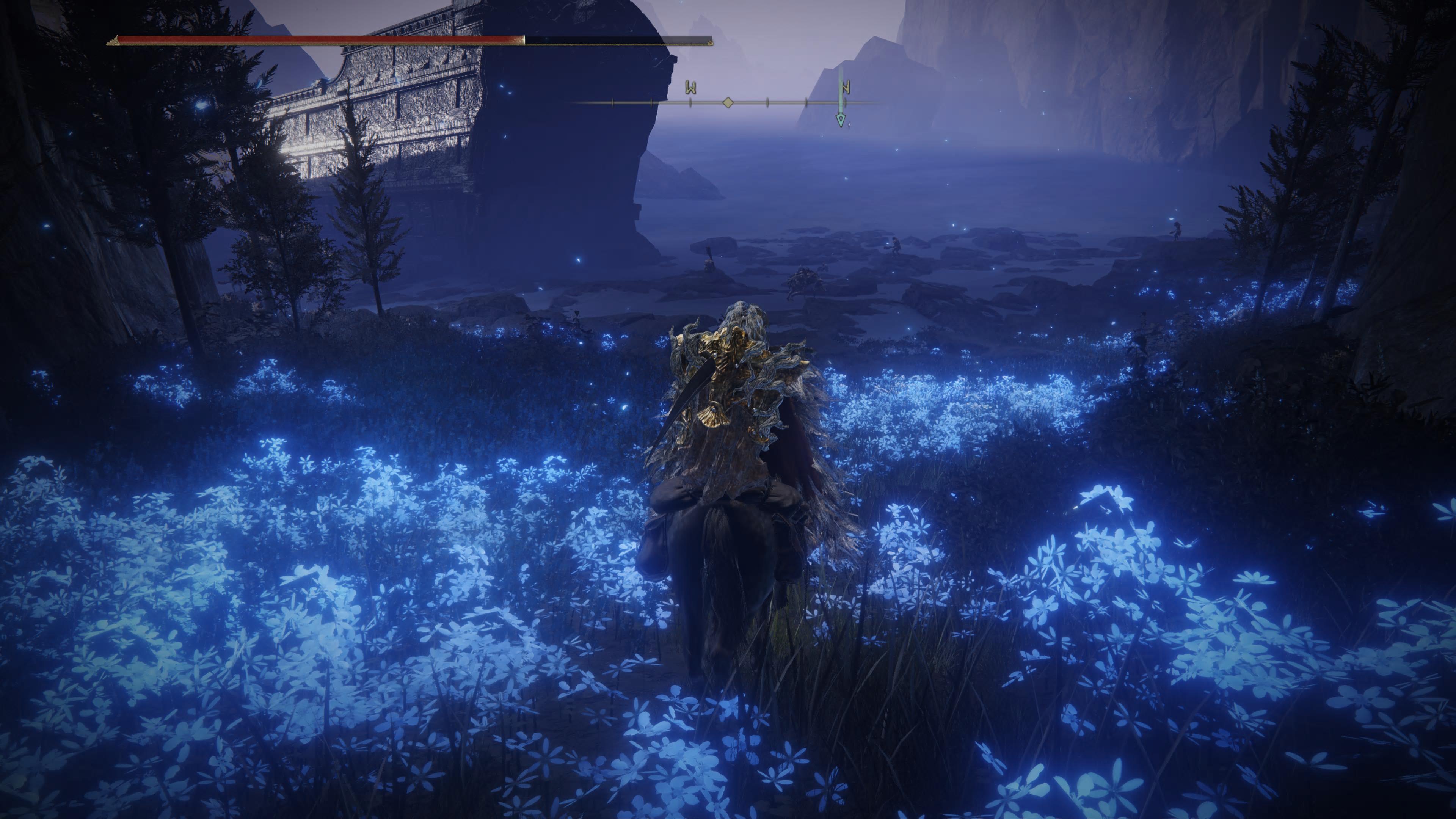
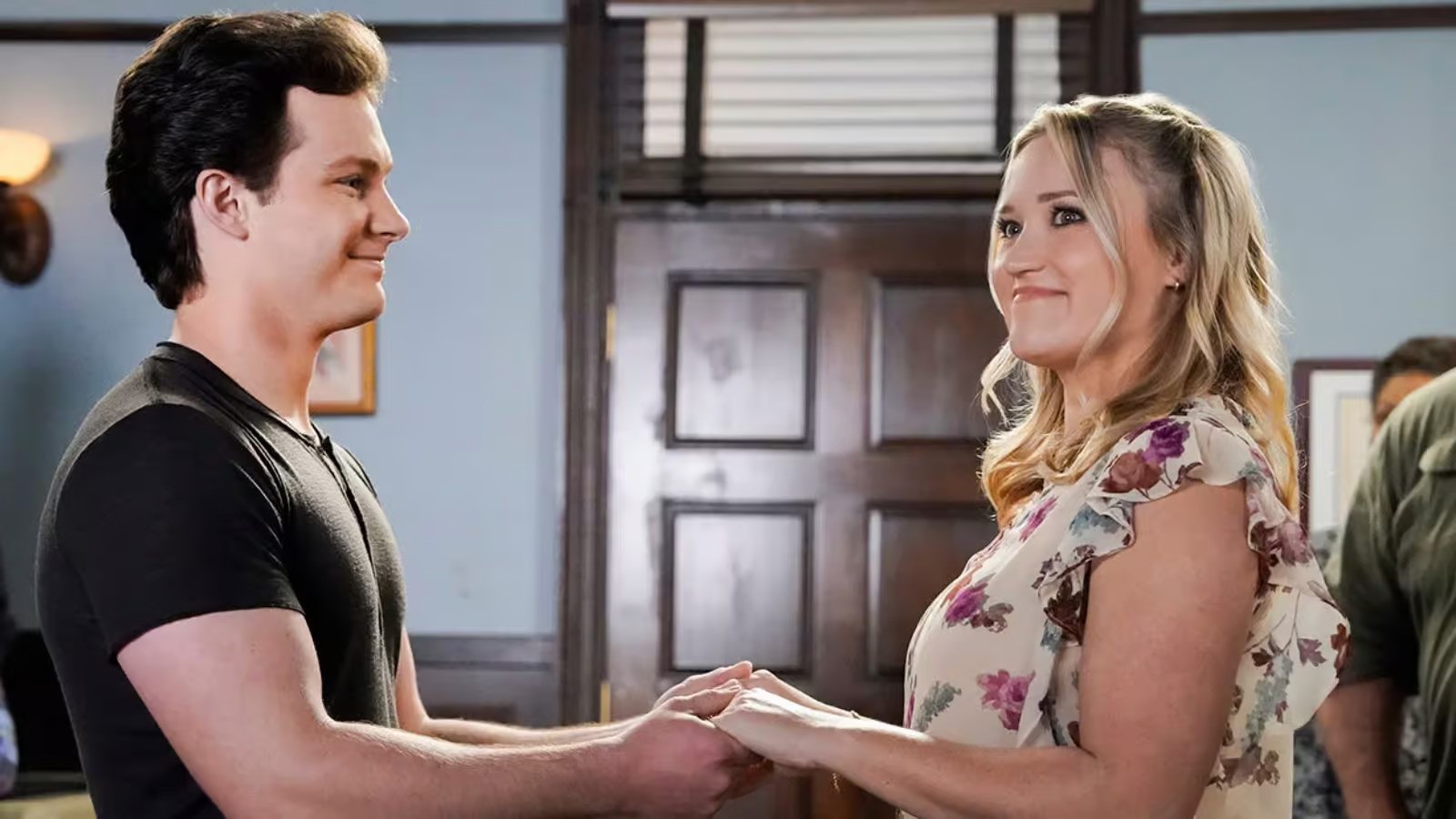
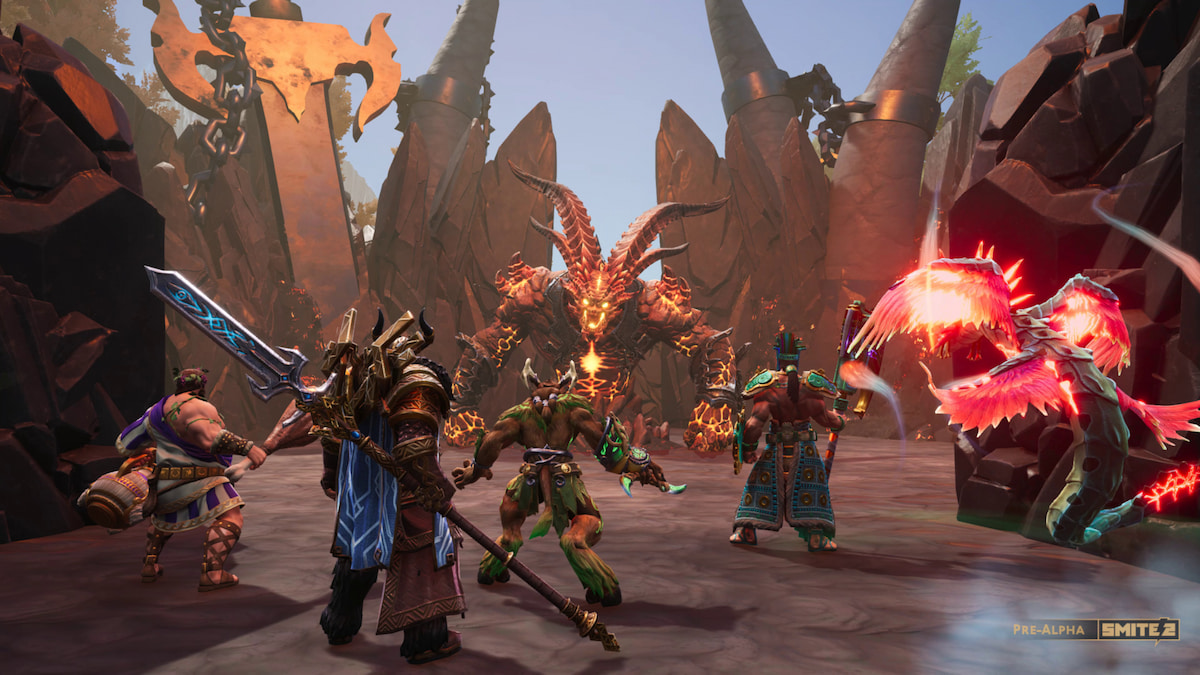
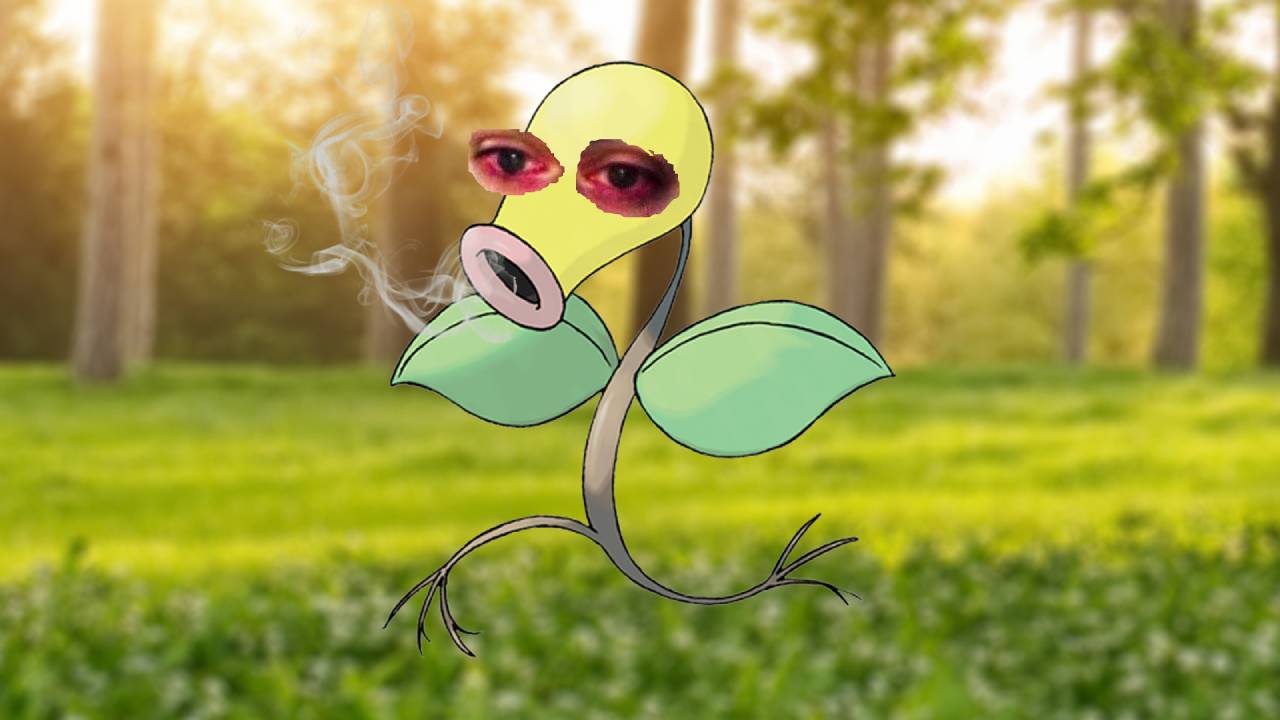
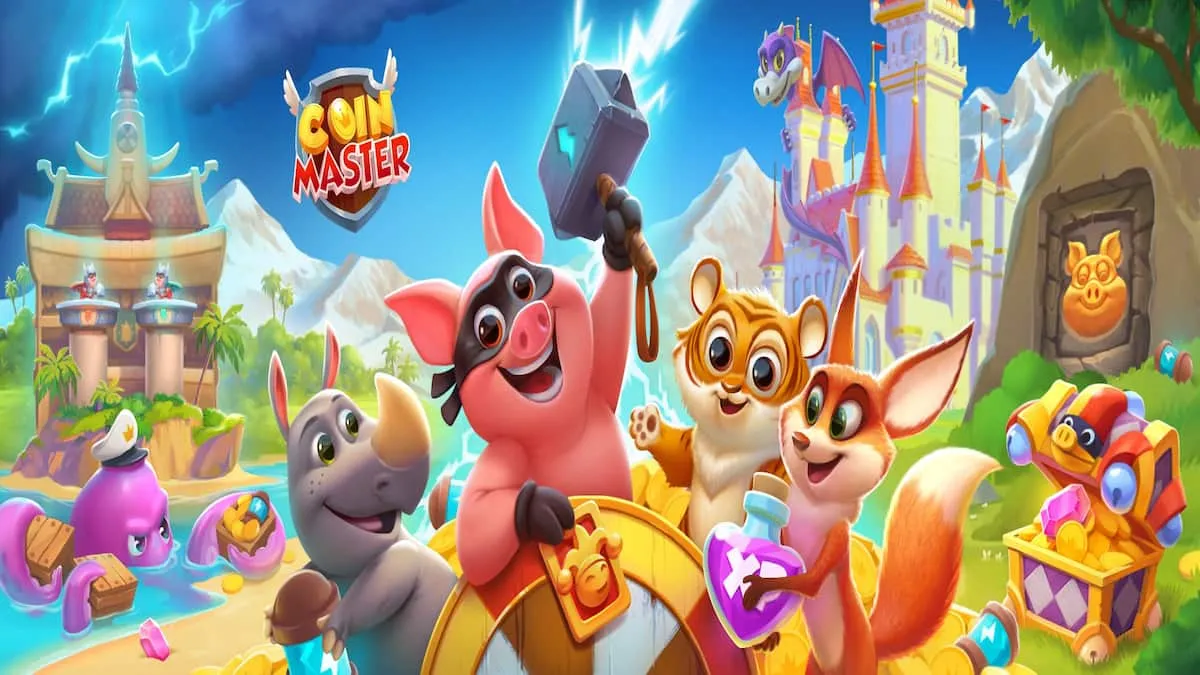


Published: Oct 7, 2014 12:40 am